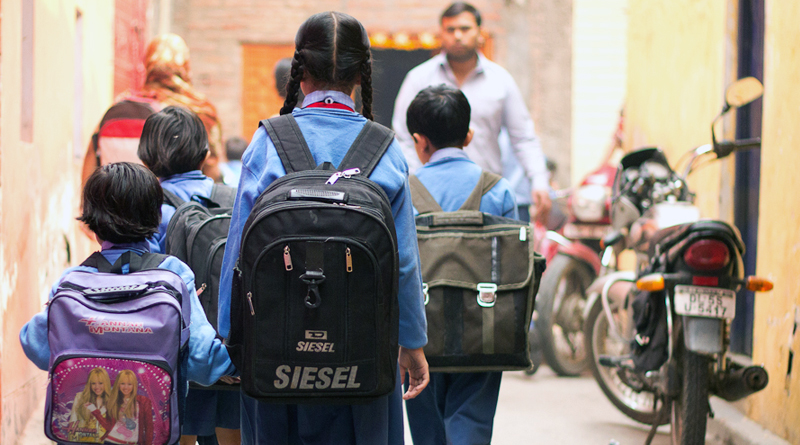Ten years ago, India was seen as a potential superpower, capable of combating the rise of China. Today China has risen so fast that it challenges the techno-military might of the US. India is too far behind to matter.
The main reason is India’s dismal educational system, producing unemployable college graduates and schoolchildren close to functional illiteracy. The latest Annual Status of Education Report reveals that barely 50% of children in Class 5 and 73% in Class 8 can read a Class 2 text. Only 44% of Class 8 children can do simple division. How can such a country become a superpower?
Ten years ago, China was still exporting mainly labour-intensive items made in factories employing thousands of workers at low wages. India at the time had emerged as a formidable exporter of computer software, ahead of China in this high-tech area. It had also risen fast as a world-class exporter of generic drugs, small cars and refined petroleum products.
Today, China has not just surged ahead of India but created hi-tech world champions, such as Huawei in 5G telecom, and BYD in batteries. China is the world’s largest producer of solar cells, aluminium and steel. India meanwhile has not produced a single global champion or become a global power in a single new field in the last decade. Its eminence in generic drugs has been eroded by growing dependence on Chinese active drug ingredients. India’s software industry is struggling.
As columnist Gurcharan Das has pointed out, China’s success owes much to its emphasis on meritocracy. Its high-quality educational system has driven relentlessly to catch up with the West, and now produces world-class academic output. China overtook the US in the number of published academic papers in 2016, though it lags well behind in quality. China’s R&D spending is 2.1% of GDP, less than the US’s but higher than Europe’s average. India’s R&D spending has stagnated at around 0.65% of GDP for two decades. It lacks not just money but quality scientists for research.
BJP-leaning scientists at the recent Indian Science Congress claimed India had test-tube babies in the Mahabharata era (hence 100 Kauravas), and aircraft in the Ramayana era. One scientist rejected the theories of Einstein and Hawking, instead proposing “Modi waves”, for which he wanted to get a Nobel Prize. If this is the direction in which politics pushes science, India has no future.
In China, local bodies hire teachers on three-year contracts and sack them if their performance is poor. But in India, we have an army of unsackable teachers who do not teach half the time. A million teaching posts lie vacant and unfilled, with state governments preferring to spend money on freebies and projects yielding kickbacks. Desperate poor people are switching their children from free government schools to costly private schools, even though the latter frequently have unqualified staff.
Cheating in exams is rife. When the BJP government in Uttar Pradesh enacted a tough anti-copying law in 1993, Mulayam Yadav became the only politician to lead a pro-cheating agitation. He argued that without cheating the backward castes would fail to compete with Brahmins! He abolished the anti-copying law on coming to power in 1994. Whither excellence?
Narendra Modi has promised six new Indian IITs and seven IIMs. Alas, this will just create a thin upper crust, whose members will mostly end up with jobs abroad. It cannot remotely compensate for the lack of skills and productivity in the vast majority of Indians beneath this upper crust.
China has decent colleges in almost all provinces. President Xi is determined to become world No 1 in technology and economic clout, and so aims to raise university teaching and research standards consistently. Deng Xiaoping decreed decades ago that China must send tens of thousands of students abroad every year, ignoring worries about a brain drain, convinced that many would return to enrich the country with world-class human capital. In 2008, China launched a Thousand Talents scheme to woo back top-quality overseas academics with world class facilities and salaries. This has greatly boosted human capital and buttressed China’s hi-tech capabilities.
By contrast the higher educational debate in India is dominated by the provision of quotas for sundry castes. State after state has moved in this direction, and the latest constitutional amendment aims at a new 10% quota in private as well as government colleges. No political party attaches any priority to merit or excellence. We have a lobby for every caste, but none for excellence. In such a milieu, excellence will wither while quotas proliferate.


